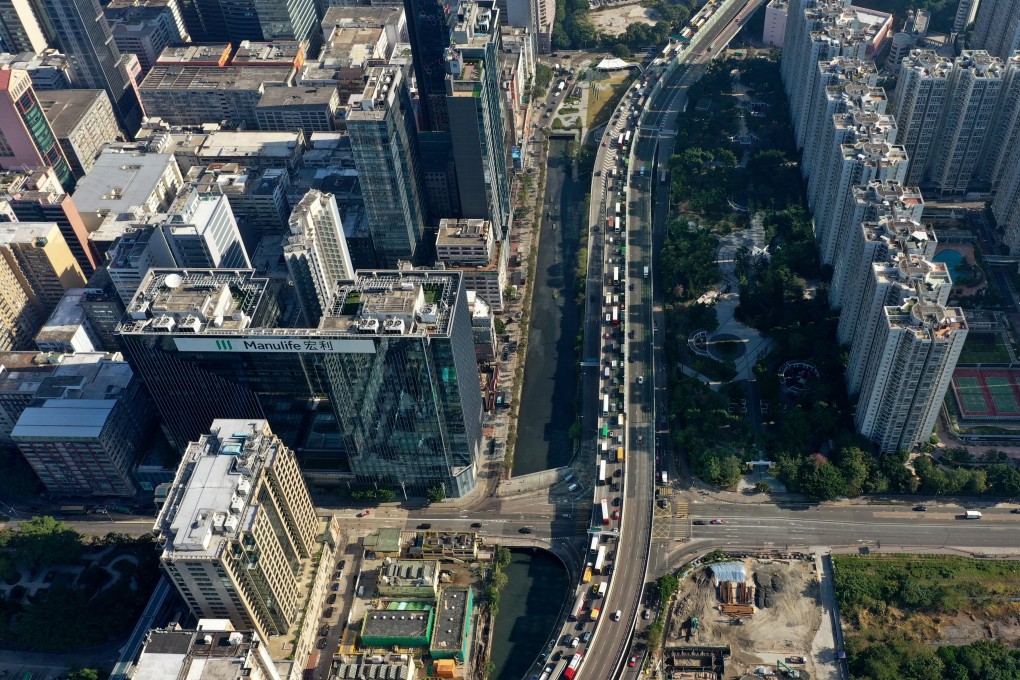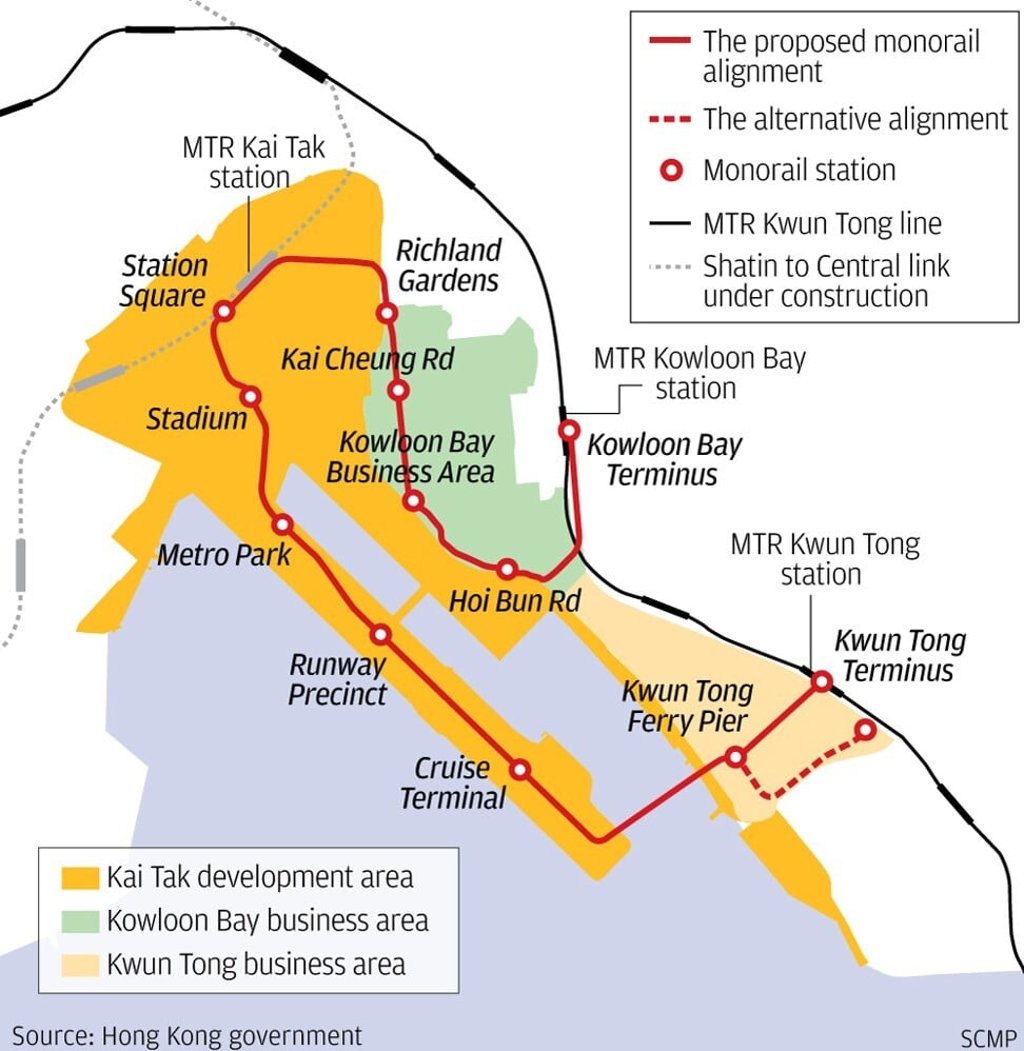Advertisement
Letters | Three ways Hong Kong can get jammed Kwun Tong traffic moving smoothly
- Now is not the time for policymakers to double down on flamboyant projects and quixotic promises. It is time to reflect seriously upon existing challenges and opportunities and rethink our strategies with prudence and pragmatism
Reading Time:2 minutes
Why you can trust SCMP

Traffic congestion – a problem that has long vexed local residents in Kwun Tong – has been brought into the spotlight again lately through the well-publicised music video, “Find the heaviest traffic jam on Tsun Yip Lane”.
Kwun Tong, the most densely populated district in Hong Kong, is home to more than 680,000 people. Taking into account the 200,000 persons commuting from Kowloon Bay and the 400,000 persons from Tseung Kwan O, the daily flow of people in the area exceeds 1 million at the moment.
The current administration, however, has yet to come up with a concrete plan to improve public transport facilities. The proposed “multi-modal” Environmentally Friendly Linkage System has proven unpragmatic. The much-discussed proposal for the elevated 9-kilometre monorail, in addition, has died on the vine thanks to policymakers imprudent enough to recognise the operational problem of fire control after 13 years of alleged progress.
Advertisement
To tackle the intricacies of this traffic fiasco, we put forward three recommendations for policymakers to consider.
Advertisement
First, the original blueprint of the Kwun Tong Yue Man Square Redevelopment Project requires modification. To avoid the traffic problems associated with the Hoi Yuen Road roundabout, buses should be able to turn left directly from Kwun Tong Road into Hong Ning Road, then turn right to enter the Mut Wah Street new bus terminus. At the same time, an exclusive bus lane ought to be provided for vehicles on Hip Wo Street heading southbound for Mut Wah Street.
Advertisement
Select Voice
Choose your listening speed
Get through articles 2x faster
1.25x
250 WPM
Slow
Average
Fast
1.25x
